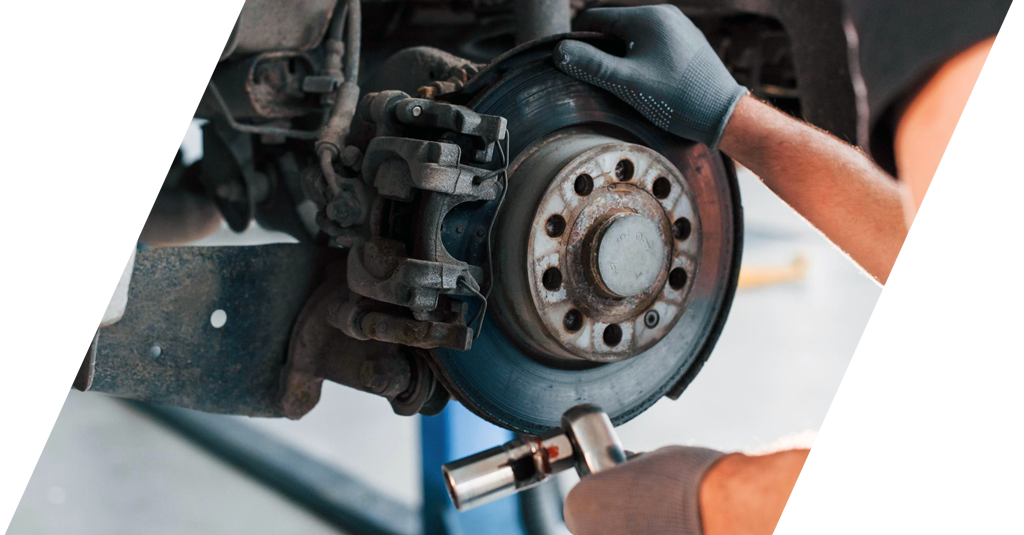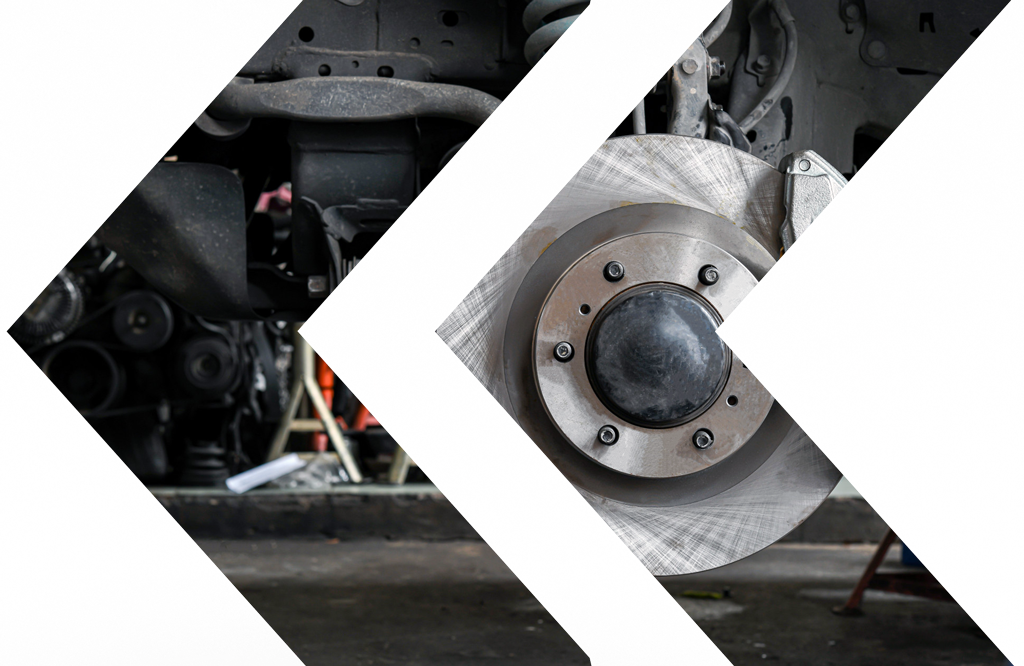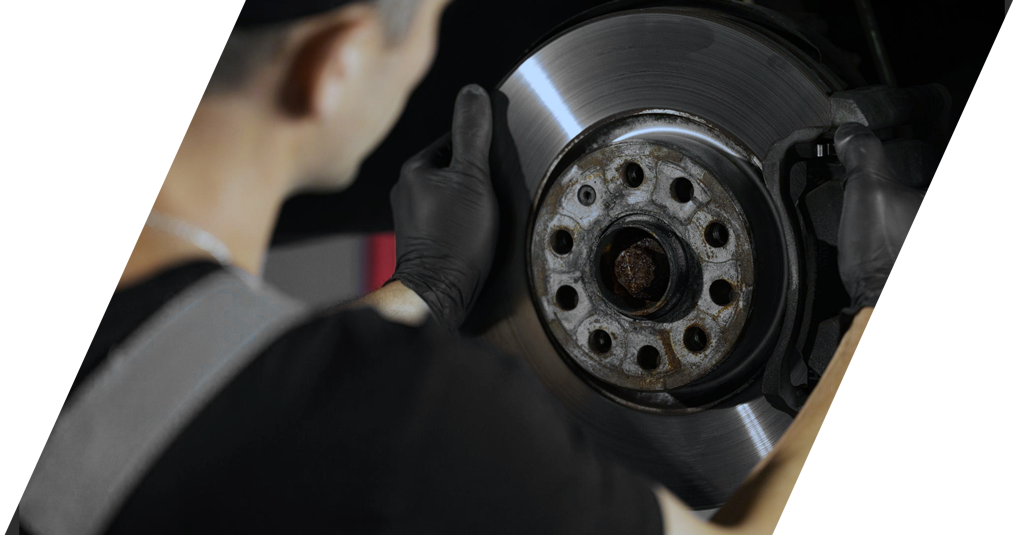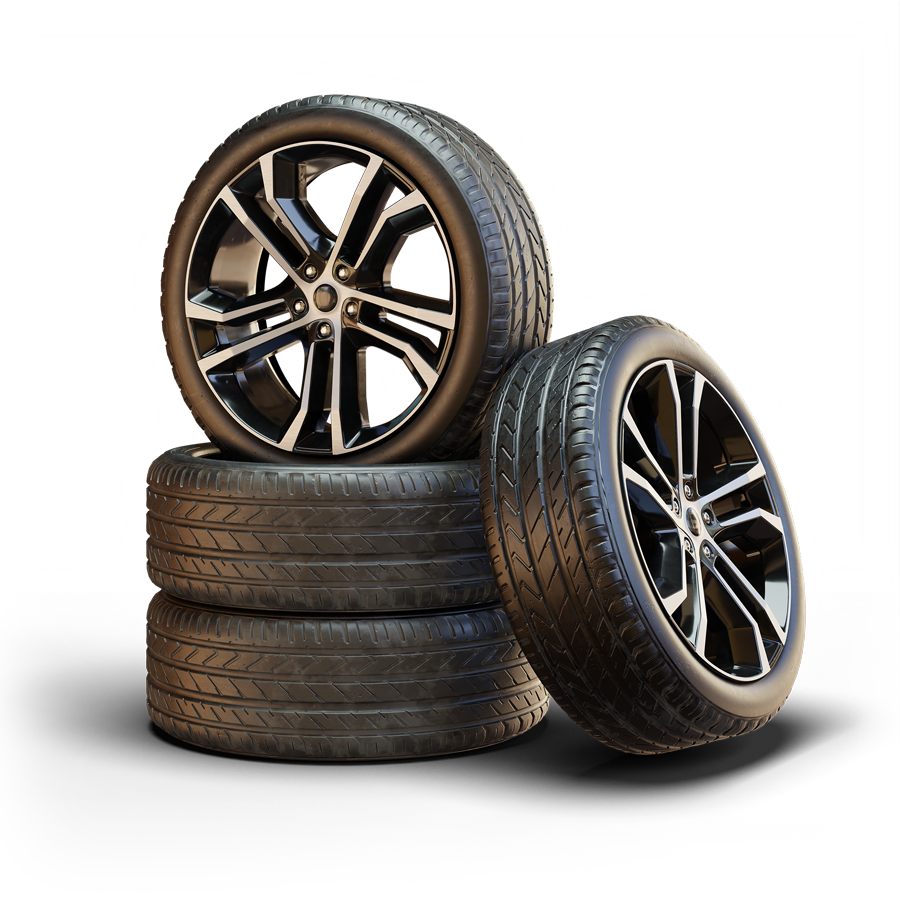Brake Repair, Brake Inspections, and Brake Installation in Xenia, OH
Brakes are the most essential safety mechanism on a vehicle. They help you get control over your vehicle and avoid collisions. Because of this, drivers and car owners should understand when to change brake fluid and take other preventative steps to keep brakes in optimal working condition. If you have any questions about your brake system, we have the answers!
When you come into Pitt Stop Tire & Auto for any braking problem, our expert technicians conduct a 55-point inspection of your brakes. Then, we take the time to thoroughly explain your car’s condition and tell you which problems are critical (and which can wait). We discuss the best options for your budget and provide a written estimate before performing any repairs.

Call Pitt Stop Tire & Auto

AUTO REPAIR 101
The Importance of Brakes and Brake Maintenance
Many car owners take for granted the intricacy of their vehicle’s braking system and the importance of proper maintenance. The braking system in your car is one of its most vital safety elements, as the capacity to stop or slow down in a fraction of a second is the key to preventing accidents. In order for your brakes to function properly, all the parts need to be in good condition to work effectively.
3 Components of a Brake System:
Master Cylinder
The brake master cylinder is the first, and perhaps most important, component in your braking system because it sets the rest of the system in motion. The master cylinder is activated by pressing down on the brake pedal, which pushes a piston through the cylinder to force brake fluid through the brake lines.
In other words, the master cylinder creates hydraulic pressure that pushes the brake fluid down to the brake components on each wheel. The brake fluid reservoir sits atop the master cylinder to supply fluid. (Source)
Brake Fluid
Pressurized brake fluid is the medium by which the mechanical parts of your brake system are triggered. It is sent from the brake fluid tank to the master cylinder. Then, through the brake lines and down to the calipers or wheel cylinders (if the vehicle has rear drum brakes) at each wheel, which house the brake pads. This hydraulic fluid not only actuates the brake pads and rear shoes (if a drum brake is equipped) at each wheel, but it also acts as a lubricant and has anti-corrosion additives to keep your brake system healthy.
Brake Caliper
Brake calipers are a component placed at each wheel and found only in disc brake systems. They act as a metal clamp on the wheel’s disc or rotor. When the brake pedal is applied, brake fluid activates a set of pistons inside the caliper, which presses brake pads against the rotor and slows the vehicle.
Affordable Brake Repair & Service in Xenia, OH
Whether you need a brake inspection, brake repair, a quote for a brake repair cost, or brake pad replacement near you, stop by Pitt Stop Tire & Auto today. Please schedule an appointment by calling us at (937) 352-6616. Notice something is off with your brakes? Don’t ignore it. Our expert technicians at Pitt Stop can help analyze what’s wrong with a brake inspection and will ensure you choose the best brake services for your vehicle. Stay safe on the road with affordable brake services from Pitt Stop Tire & Auto in Xenia, OH

Financing Options
Finance Your Next Set of Tires
We know buying new tires and/or wheels for your car or truck can be stressful on the wallet, so we’re here to help. As the leading tire shop in Xenia, OH, we’ve made sure we have payment plans that will fit anyone’s needs so you can get tires now and pay later. Whether your purchase is a surprise or expected, we'll take care of you.

Brake Service Questions & Answers
What types of vehicle brakes are there?
There are four different types of brakes for vehicles.
- Disc brakes. These are the most common types of brakes on modern vehicles and the most efficient stopping mechanism known to car engineers. You’ll find disc brakes on the front wheels, the two wheels that need the most force to stop your vehicle. Disc brakes also take on more heat than rear ones.
- Anti-lock brakes. Anti-lock breaks are disc brakes with an added functionality that prevents the wheels from locking up during a skid, which can cause your tires to hydroplane and cause you to lose control of your vehicle.
- Emergency brakes. This braking system exists independently of your service brakes. Engage the emergency brakes by shutting off your engine, pulling the lever or pushing a button, and releasing the brake pedal.
- Drum brakes. Drum brakes are commonly found on rear wheels. They are less technically complex than disc brakes, and drum brakes aren’t as cheap as disc brakes. However, they don’t need to be as good at stopping the rear wheels compared to the front wheels.
How often should I replace my vehicle’s brakes?
How often should I get my vehicle’s brakes inspected?
(937) 352-6616











